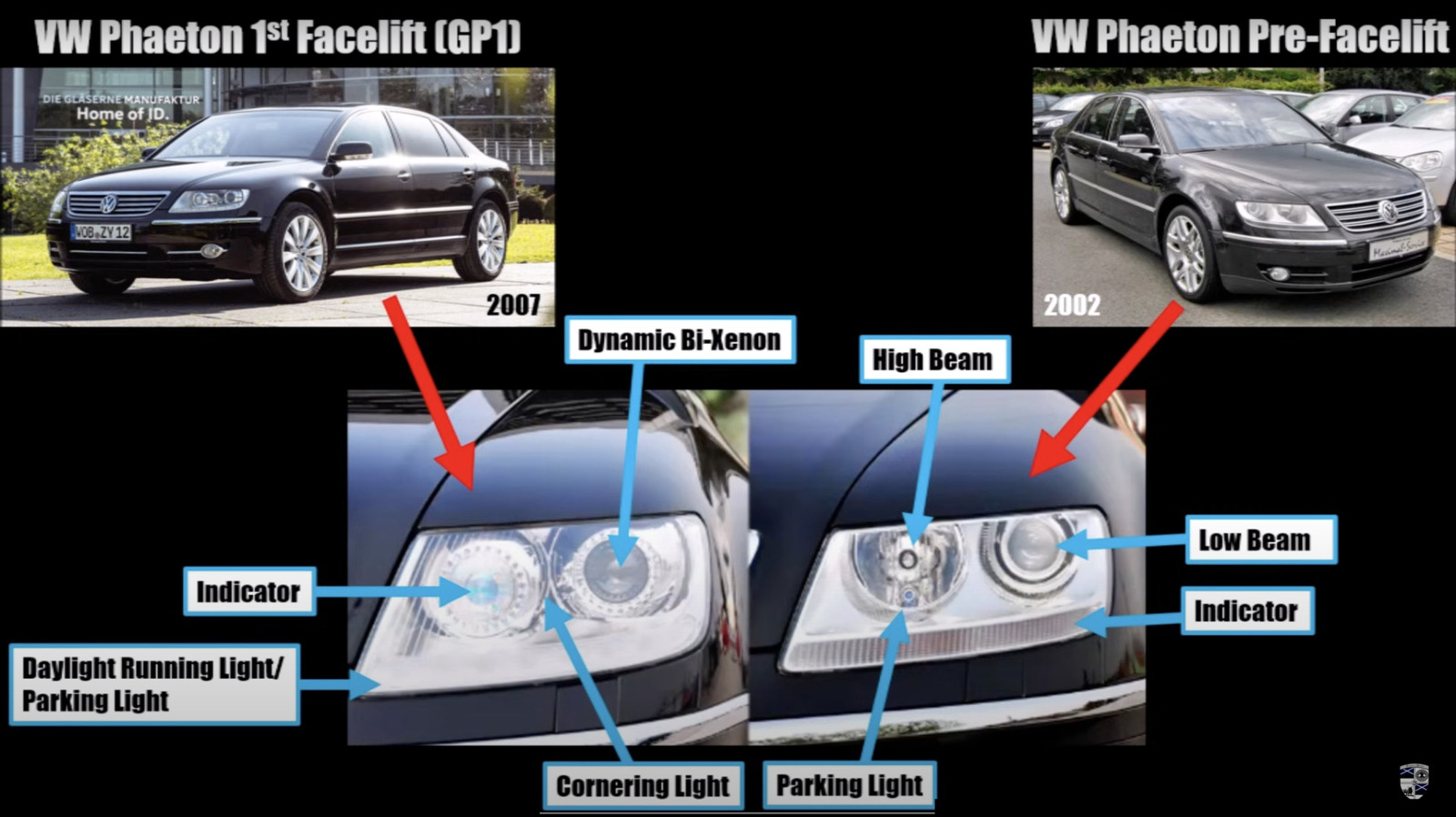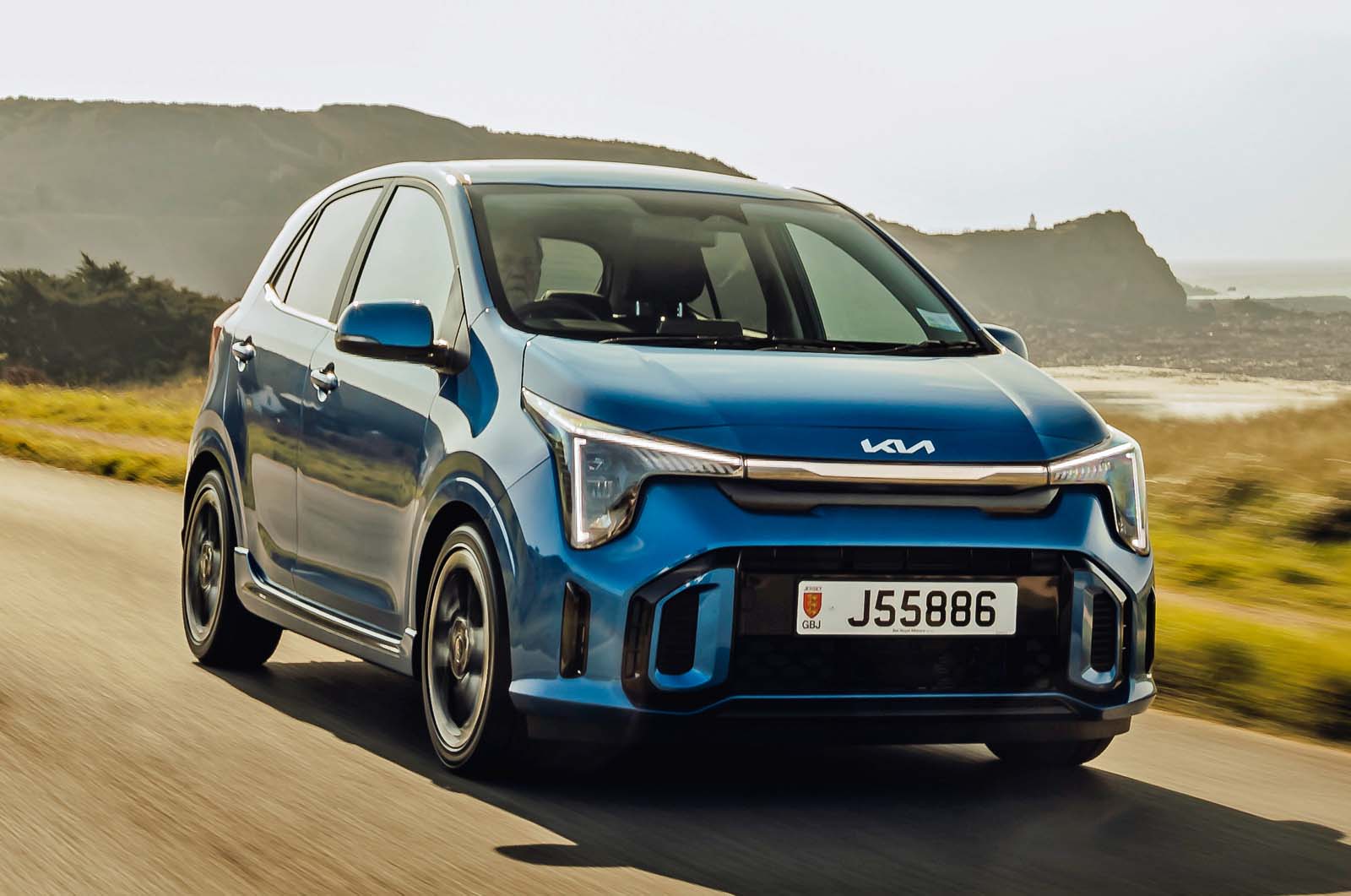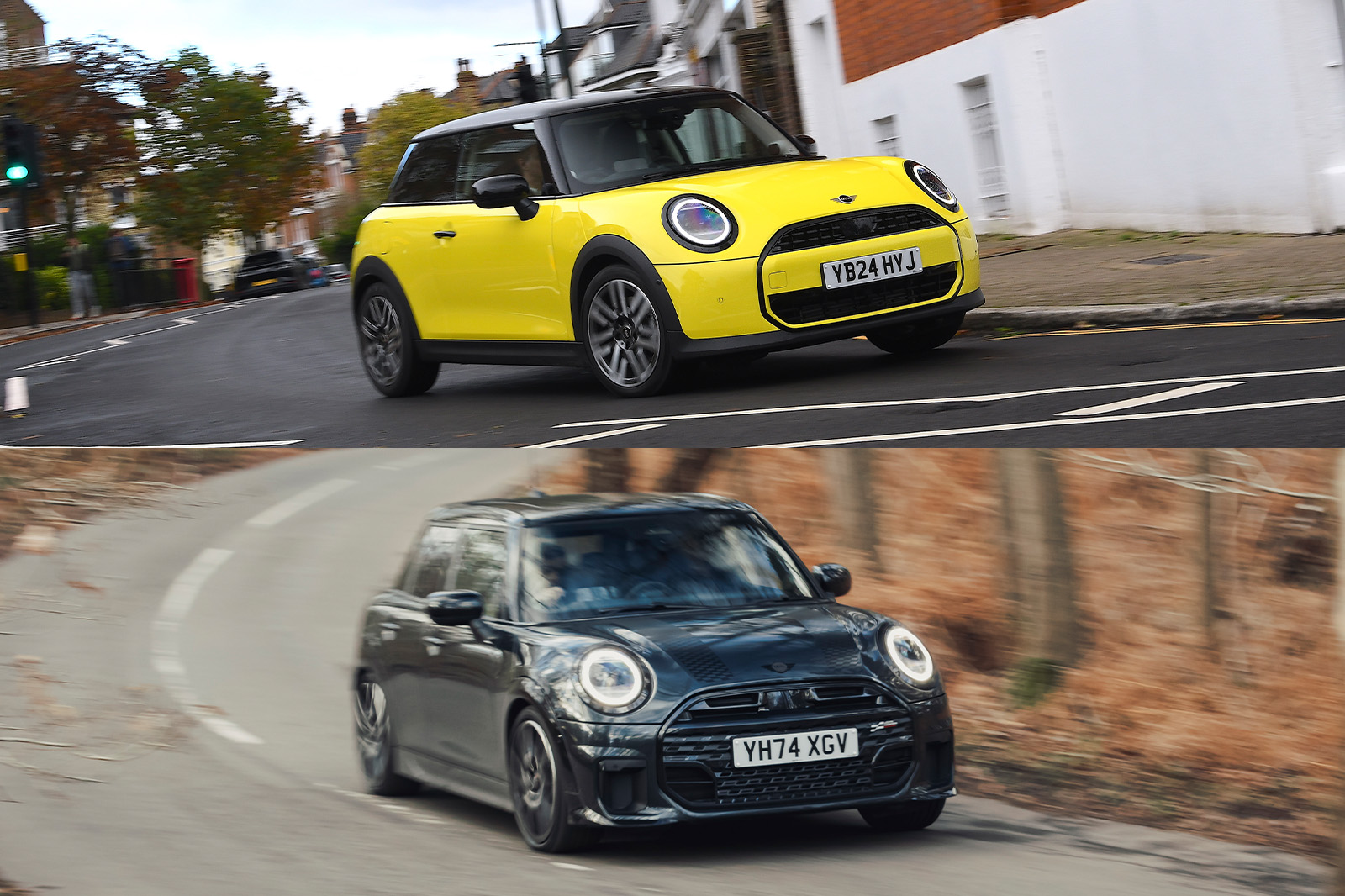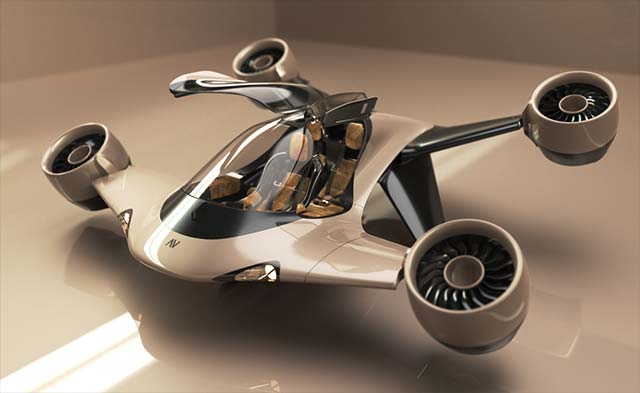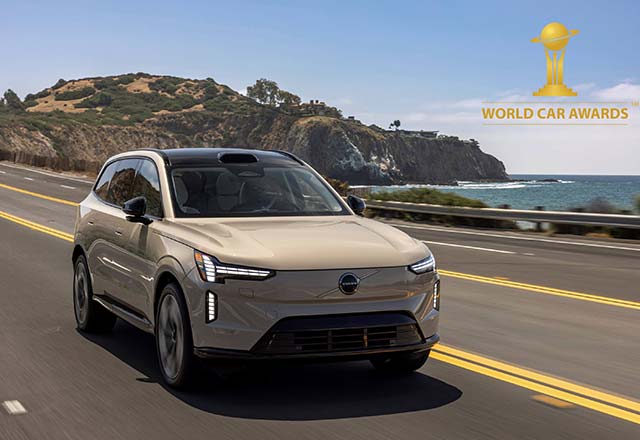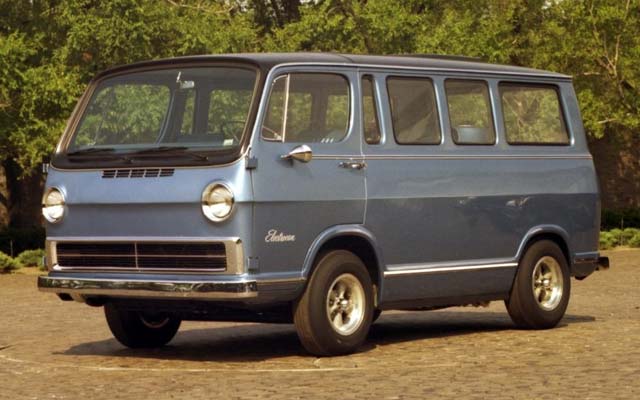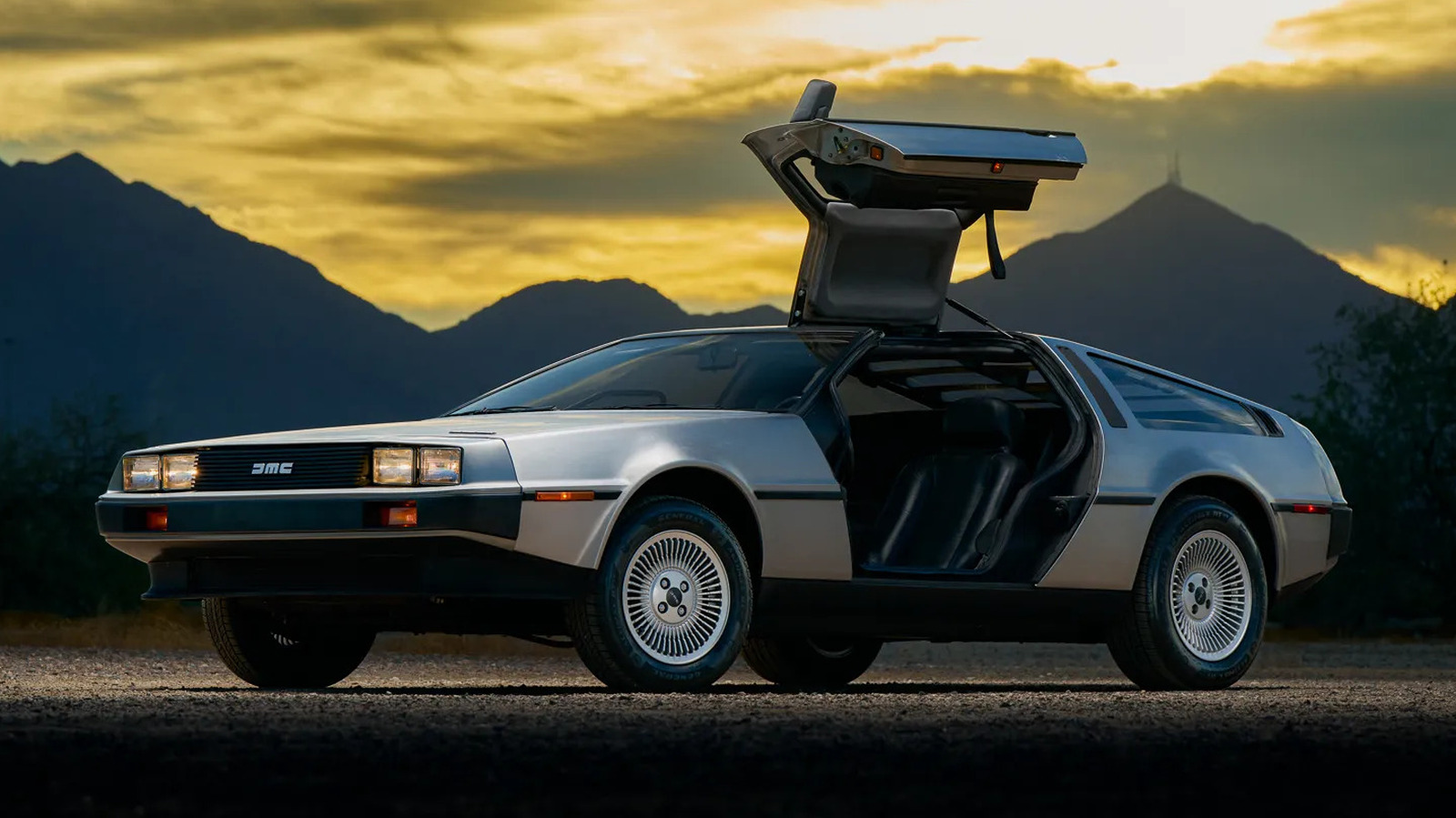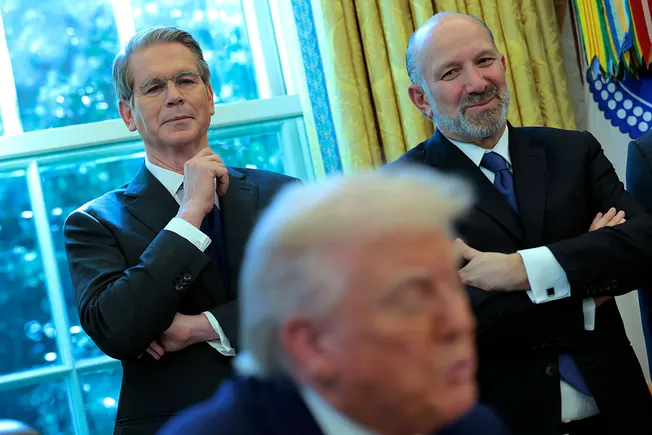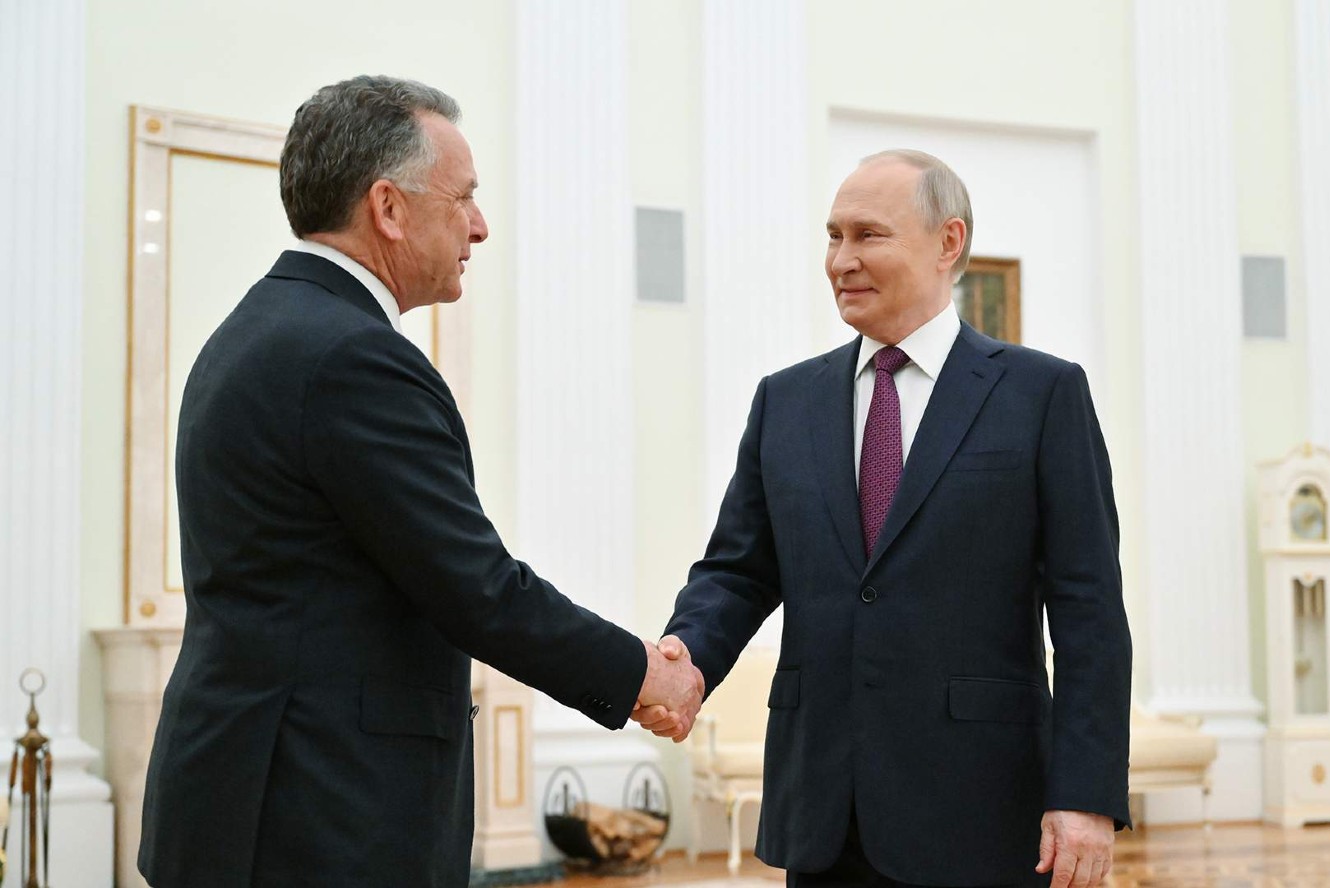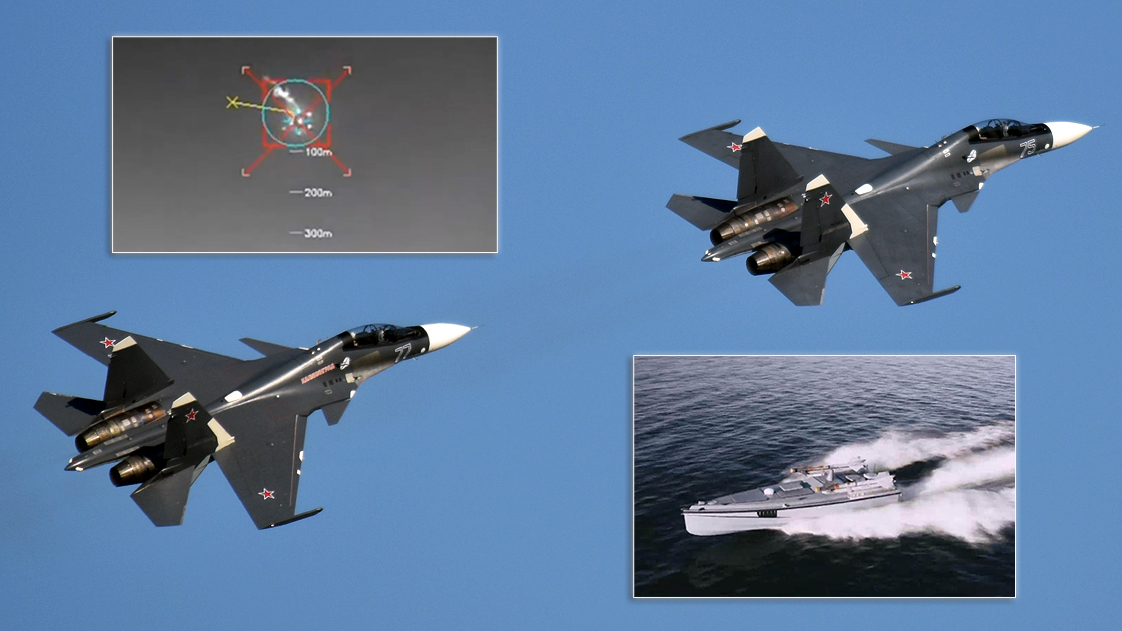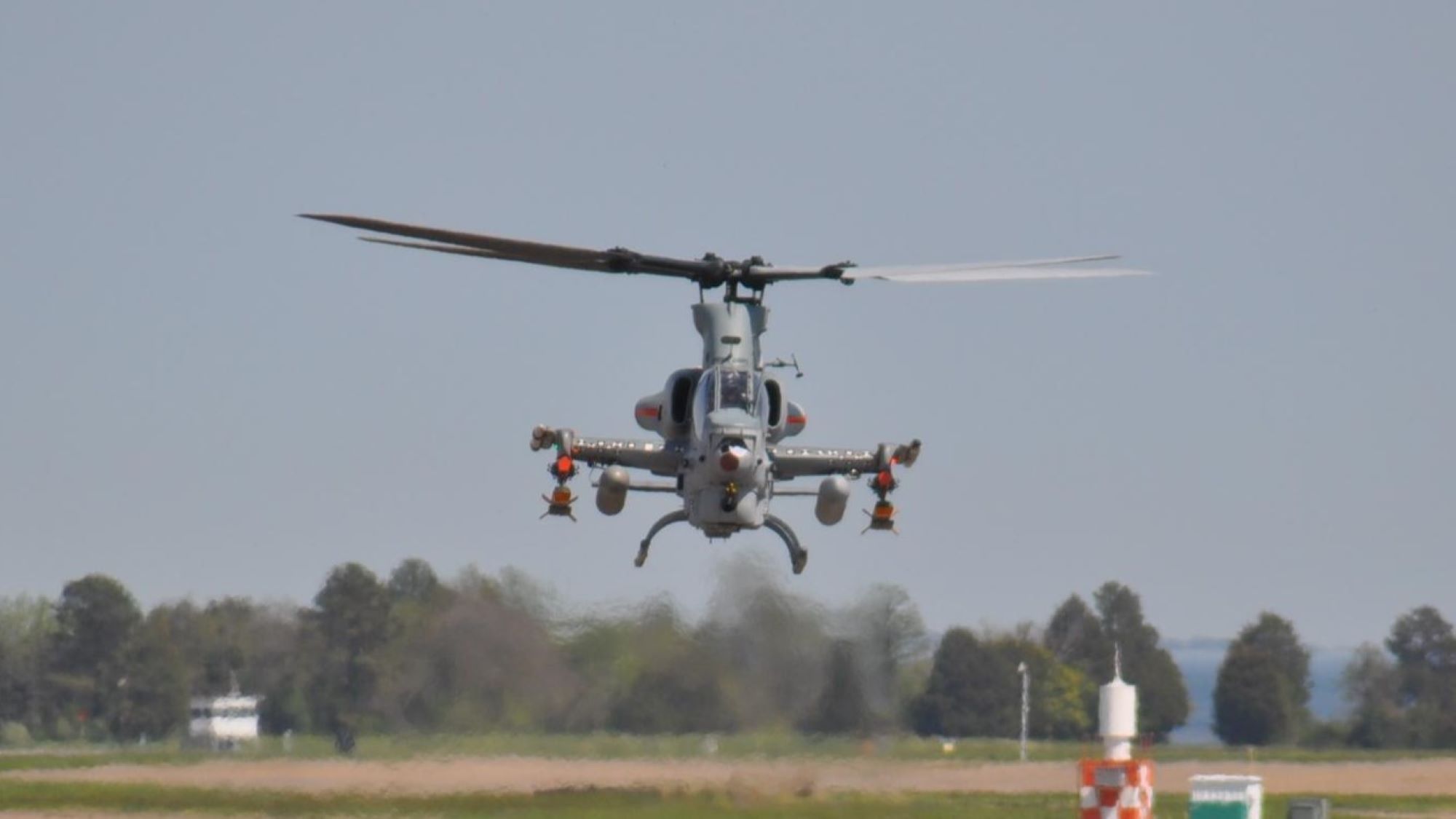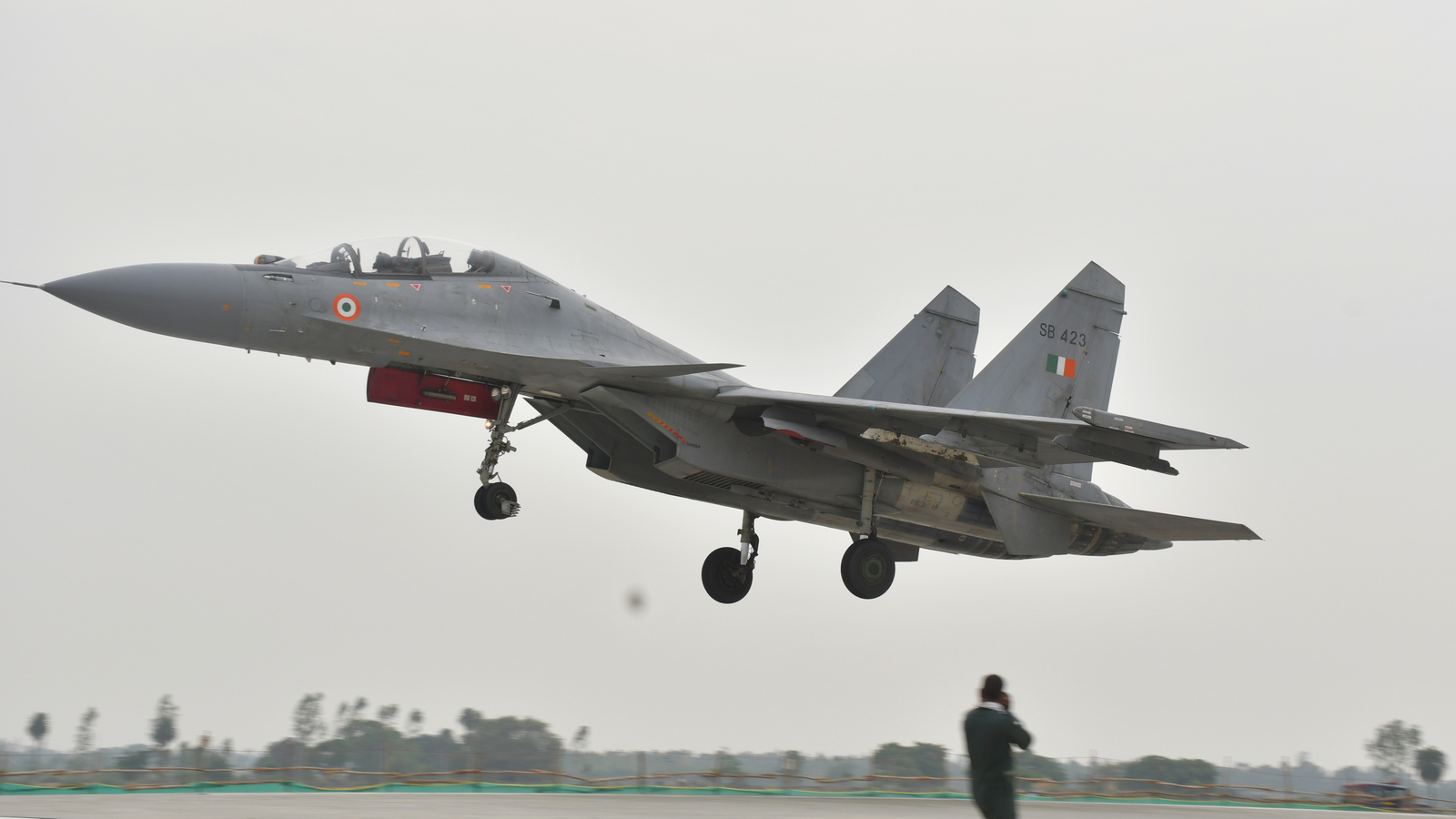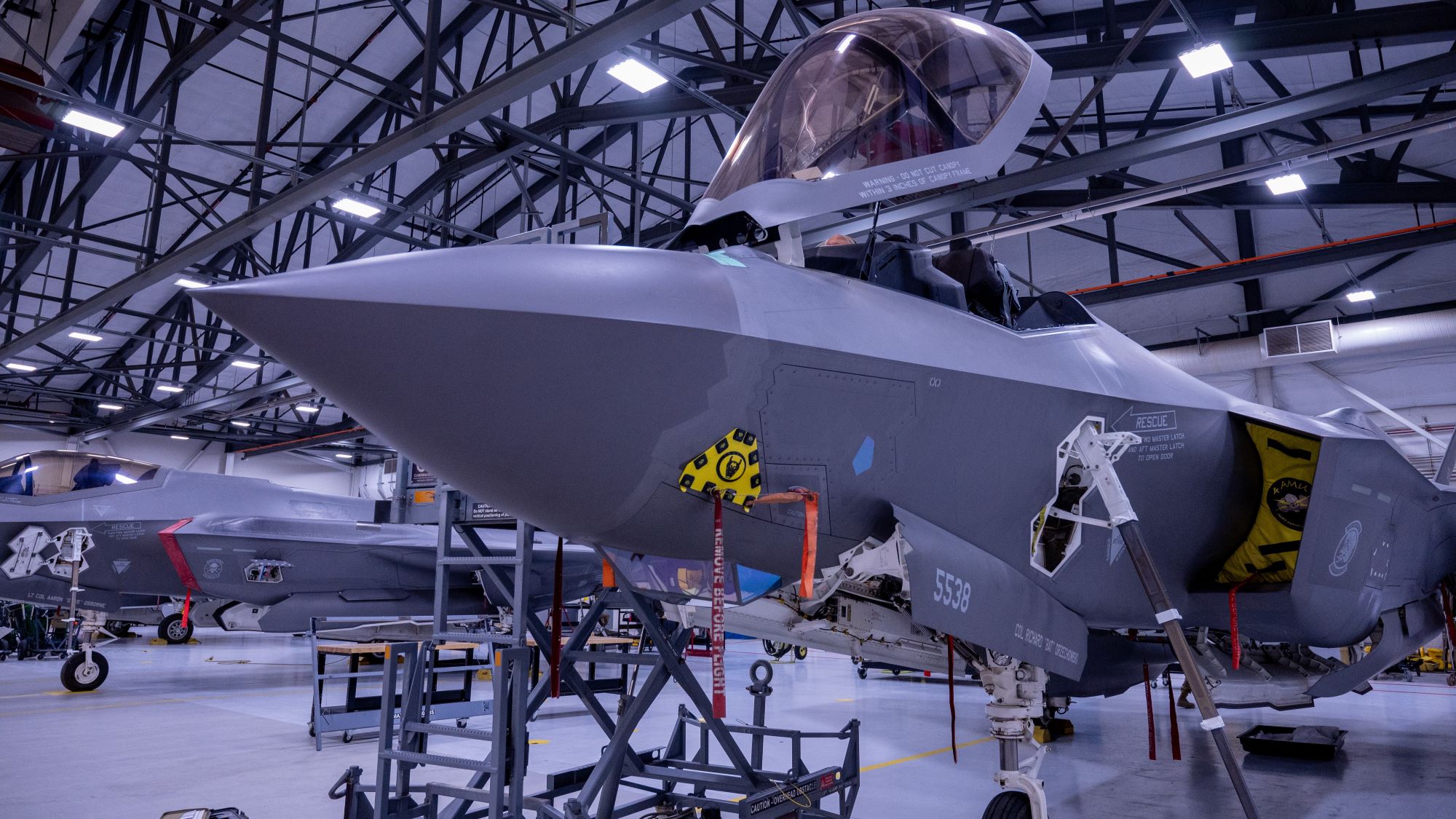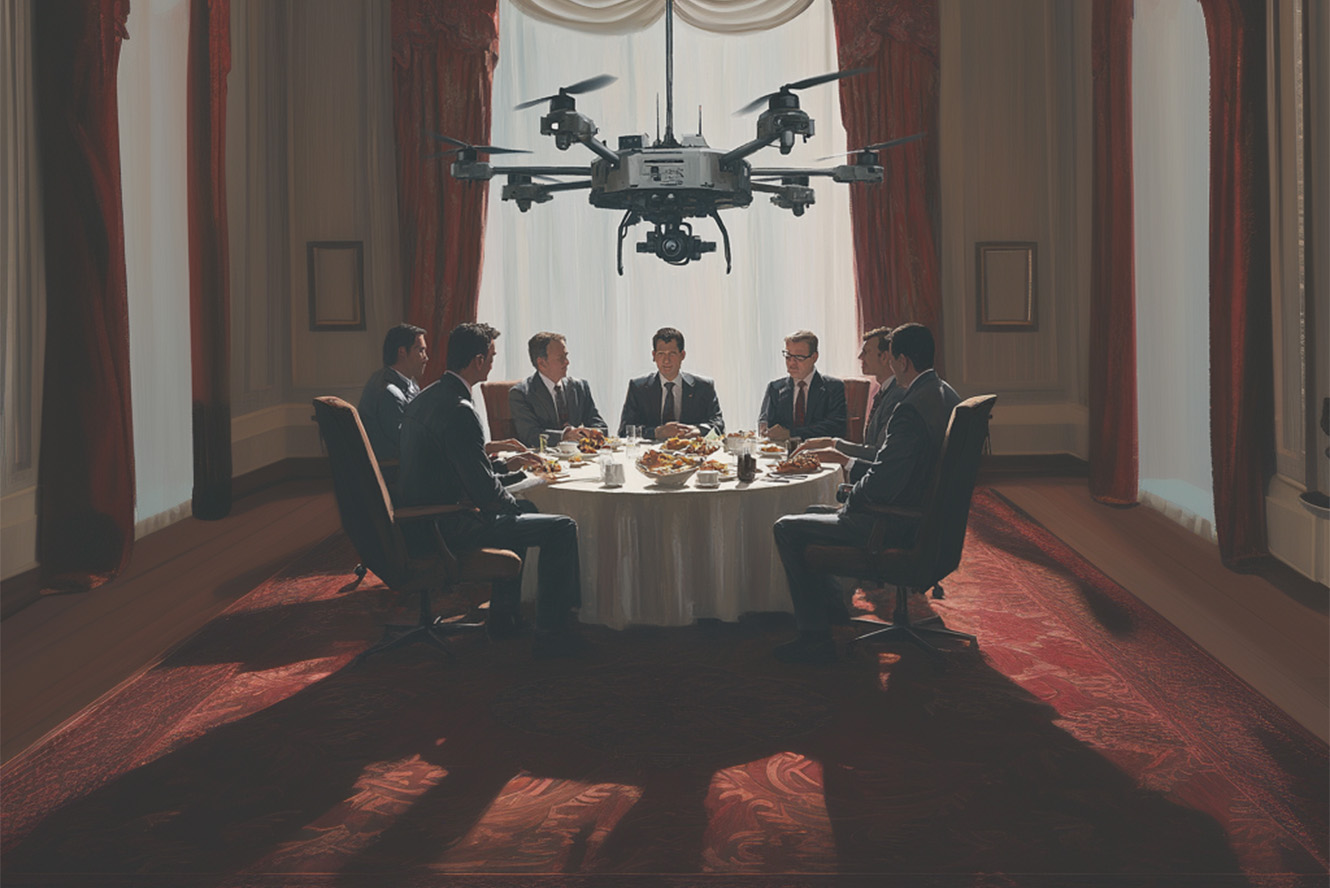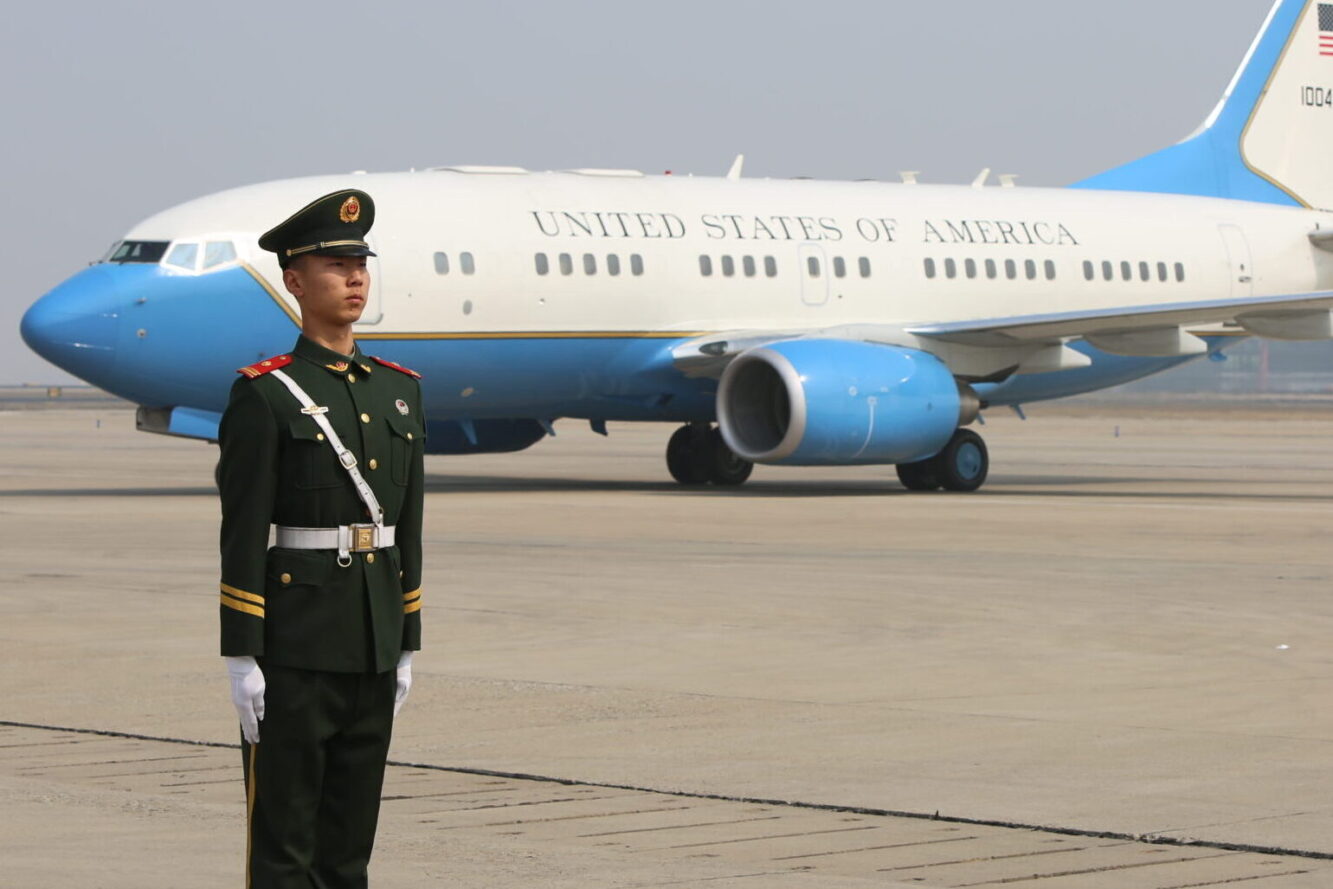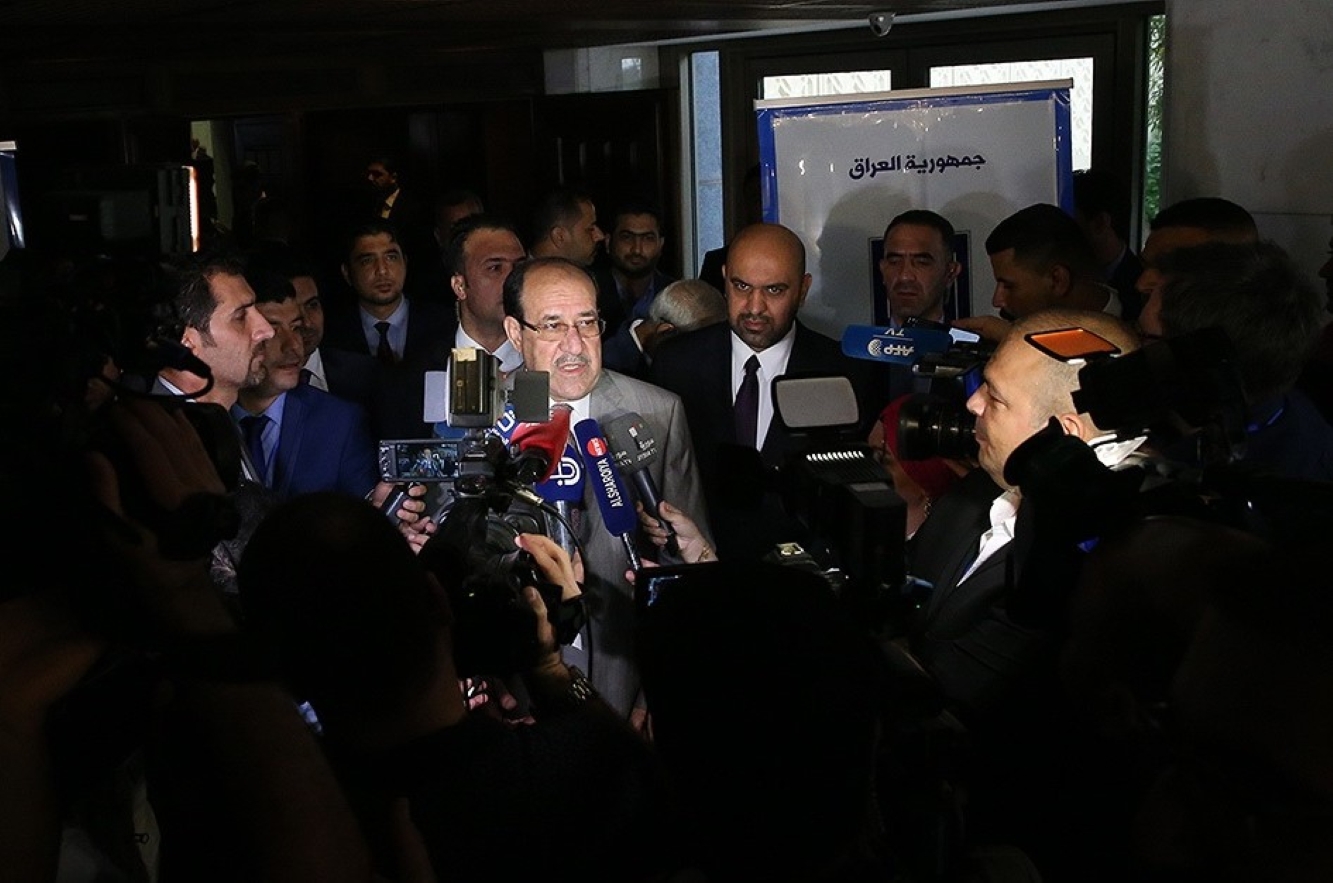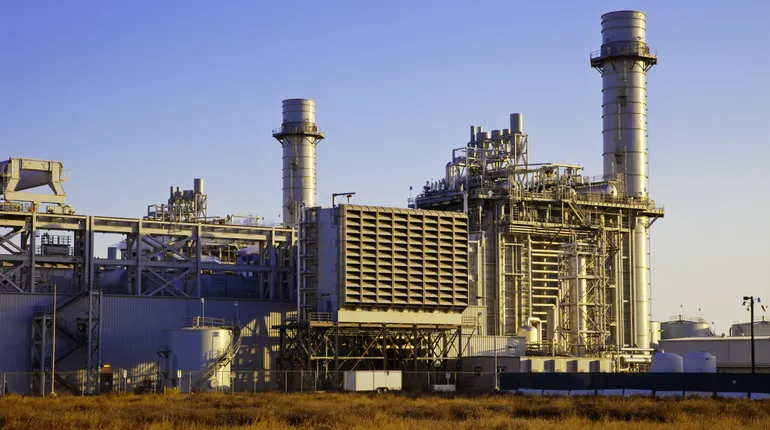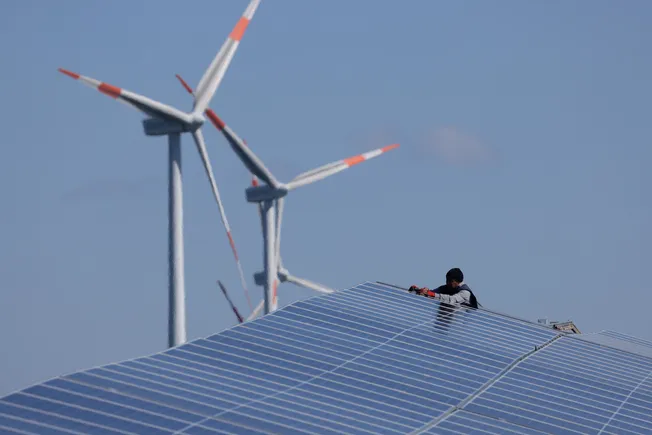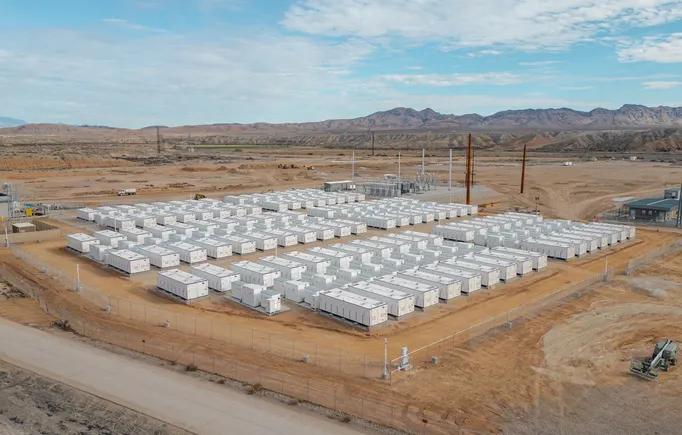Vietnam’s defense market presents new opportunities, unique challenges for Western firms
Vietnam recognizes the need to diversify sources of military equipment away from Russia, and it wants to become more self-sufficient in terms of domestic production. However, it faces hurdles along the way.


Vietnam has procured non-Russian equipment in the past. This is one of three Airbus C295M transport aircraft in Vietnamese service. (Gordon Arthur/Breaking Defense)
SINGAPORE — As Vietnam looks to modernize the Vietnam People’s Army (VPA), Hanoi has concluded it must diversify from its historical reliance upon Russia for military equipment. And a key part of that plan involves tying its domestic defense industry into Western suppliers.
But Western firms hoping to break into the market will need to be prepared for unusual interactions, domestic firms looking to expand, and, for American companies, a new set of tariffs which could hurt inroads made in recent years.
When Vietnam announced plans in 2021 to embark upon the VPA’s most serious military modernization program ever, Carlyle Thayer, an emeritus professor at the University of New South Wales’ Australian Defence Force Academy, told Breaking Defense that “it was expected Russia would provide the lion’s share of new platforms and weapons systems.”
However, he said Russia’s invasion of Ukraine in February 2022 “put paid to this option because of the threat of Western sanctions.” And then, Thayer noted, “As the war in Ukraine has dragged on, it’s apparent Russia no longer has the capacity to export large volumes of weapons and weapons systems.”
“In sum, Vietnam’s arms procurement from Russia will remain on hold pending a peace settlement in Ukraine, and Vietnam will move cautiously to fill urgent defense needs from alternative sources.”
Added one Western defense company executive, “I think the catalyst for a lot of the interaction that’s starting to happen was when the U.S. and Vietnam signed a comprehensive strategic partnership in September 2023 … That’s the foundation for Vietnam becoming more open as a market and seeking more solutions to help modernize their military.”
Hanoi’s desire to broaden equipment sources was evident at the Vietnam International Defense Expo (VIDEX), held Dec. 19-22, 2024. While Russia had a significant presence, it was notable that Western conglomerates such as Airbus, BAE Systems, Boeing, L3Harris, Leonardo, Lockheed Martin, Rheinmetall and Thales were all showing their wares.
The US heads the queue seeking a foothold in Vietnam. A sale of 12 Beechcraft T-6C trainer aircraft occurred in 2021, and Chuck Gummow of Textron Aviation Defense told Breaking Defense last year that his American company was honored to be the first to achieve a significant defense sale to Vietnam. He believes additional T-6C sales are realistic too.
Unique Market Challenges
Entering the Vietnam market is fraught with difficulties for Western companies, as competitive tenders and transparency are novel territory for the VPA. As an example, one Western executive told Breaking Defense they had received a formal quotation request via a brief WhatsApp message.
On its website, the US Commerce Department warns, “Foreign exporters often find market entry to be difficult because Vietnam does not periodically publish data on defense expenditures and maintains secrecy on procurement plans … Lack of transparency in the tender process and successful bidder information prevents foreign suppliers from approaching potential partners in this sector.”
A delicate dance is now taking place between Vietnam and Western companies. This was illustrated by Natasha Pheiffer, managing director for Asia at BAE Systems, who told Breaking Defense: “We’re exploring at the moment what it is they’re looking for, because I think they’ve not been able to articulate their own requirements.”
“There isn’t a fixed procurement program necessarily, which does make it a little more difficult in general to understand what it is they’re looking for.” She added, “We’ve been trying to find out more about their procurement processes here, and I think they’re trying to find it themselves as well.”
Furthermore, Thayer identified four difficulties for Vietnam itself. Firstly, “The major challenge Vietnam faces in buying defense equipment from the West is how to upgrade its logistic and maintenance, overhaul and repair network to deal with non-Russian equipment, platforms and technology.”

The Vietnam People’s Army relies mostly upon Russian-origin artillery pieces like this 2S1 Gvozdika, but new K9A1s from South Korea are on their way. (Gordon Arthur/Breaking Defense)
Secondly, “Especially in dealing with the U.S., is how to navigate all the legal and other requirements involved in purchasing weapons. Allied to this is how to reduce the risk of purchasing systems and spare parts that could be subject to unilateral U.S. sanctions at any time for human rights violations or other reasons.”
“The third challenge is cost,” Thayer explained. “Western equipment is expensive. Whereas Russia and Vietnam were flexible in financial arrangements, such as countertrade, Western suppliers aren’t.”
The academic listed the final problem as being how to mitigate problems related to mixing and matching different technologies when integrating new weapons, a classic challenge when a country tries to move from Russian to Western equipment.
Apart from rivalry with Russia, overseas exporters will face competition from Vietnamese defense companies. Thayer called VIDEX 2024 “an eye-opener for international guests,” because “Vietnam’s display of its domestic arms production demonstrated its ability to improve and modernize weapon systems acquired by Russia, and niche innovations in drone, missile, radar and electronic-warfare technologies.”
Vietnam’s most prominent local company is the military-owned Viettel, which at VIDEX unveiled its VCS-01 Truong Son coastal defense missile system.
Thayer highlighted: “Obviously the national defense industry playing field is tilted in favor of state-owned enterprises. But the Law on the National Defense and Security Industry and Industrial Mobilization [being implemented this year] opens space for private companies in niche areas. This is likely to attract the attention of companies working in the fields of artificial intelligence, quantum computing and other emerging technologies.”
Finally, US-based firms may find themselves facing a bigger challenge now than just a few months ago, thanks to the tariffs imposed by US President Donald Trump.
The tariffs, which are in a state of constant flux, have included a threat of crippling levels of 46 percent against Hanoi, which would potentially shutter the ability of US firms to compete for the nascent market.
“Vietnam came under heavy pressure by the [first] Trump administration to cease acquisitions of Russian weaponry,” Thayer noted, but whether that pressure will continue in the second term is unknown.
A Growing Market?
Despite all that, Vietnam does have money to spend — and that always brings interest globally.
Thayer explained that Vietnam generally spends just over 2 percent of its gross domestic product on defense, with its 2024 budget around $7.8 billion USD. Elsewhere, GlobalData predicts Vietnam’s defense budget will witness a compound annual growth rate of 5.6 percent through 2029, at which point spending will reach an estimated $10.2 billion USD.
One major non-Russia deal that appears to be finalized is a Hanwha Aerospace sale of K9A1 self-propelled howitzers, in a deal brokered by the Korea Trade-Investment Promotion Agency. Korean media have cited 20 K9A1s being procured for approximately US$300 million.
Vietnam’s acquisition budget is around $1.5 billion USD this year, up from an average of $1.1 billion USD per annum from 2018-22. This K9A1 procurement alone will therefore consume some 20 percent of an annual budget, illustrating how equipment from the US and its partners is less affordable for Hanoi.
Where is Vietnam likely to spend money, then? Maritime security is important, in light of Beijing new military bases in the South China Sea and its coercive treatment of neighbors.
Dale McDowall, Boeing’s Vice President, Business Development, Southeast Asia, said he sees opportunities for products like Waveglider unmanned surface vessels and further ScanEagle drones to improve maritime domain awareness.
McDowall added, “It sounds to us like the Vietnamese government is very interested in how U.S., Western companies might assist their future capabilities, and we in turn are proposing ideas and product solutions for their consideration.”
Vietnam is reportedly interested in C-130J transport aircraft, with the USAF displaying one at VIDEX 2024. Vietnam also needs to replace assorted older Russian armored vehicles, and this explains the presence of a US Army Stryker and M777A2 155mm howitzer at the same event.
Hanoi is obviously implementing the aims in its 2019 white paper, where its defense industry is to “achieve modern and advanced scientific and technical levels.” Of course, whilst Western companies eye new opportunities in Vietnam, there are hurdles for both sides to overcome.










